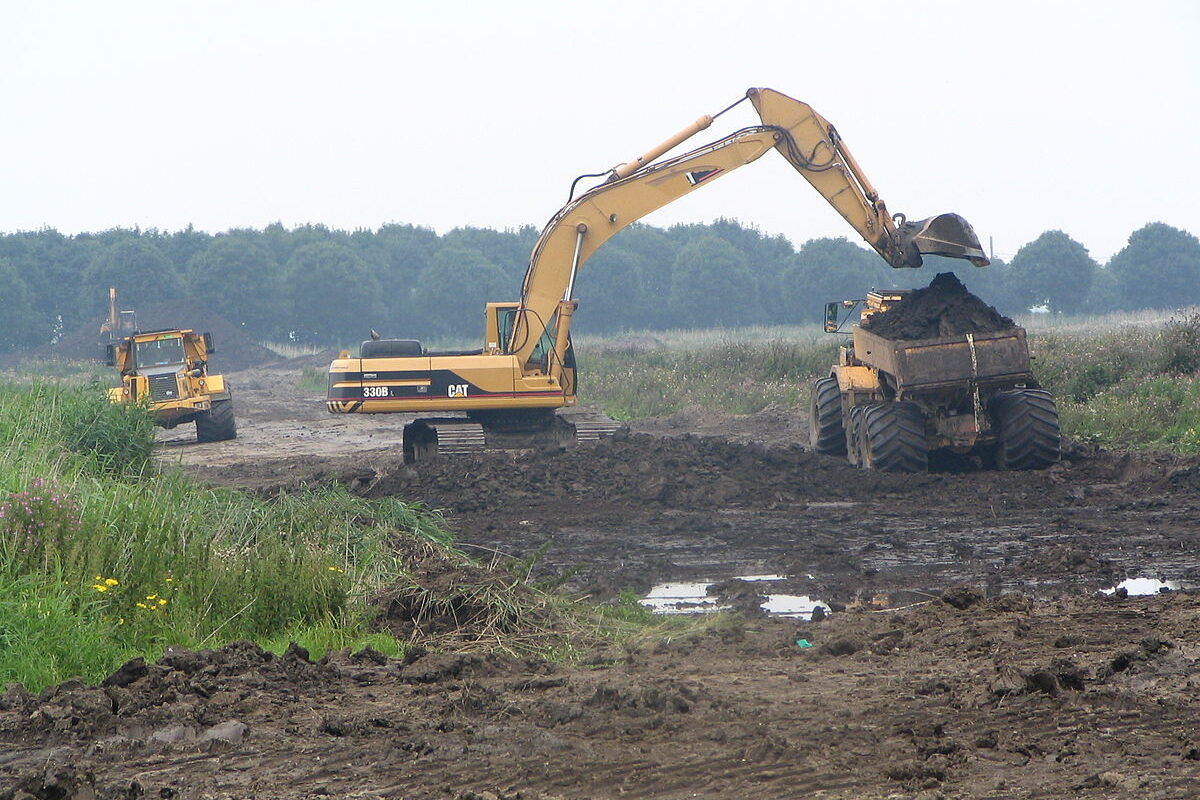Land is one of our most precious natural resources. It provides us with food, shelter and resources to support life. Yet, human activities like deforestation, urbanization and intensive agriculture have degraded vast swathes of lands globally. To protect our future sustainability and biodiversity, we need robust land restoration programs.
Drivers of Land Degradation
Agricultural Expansion
One of the major causes of Land Degradation is the expansion of agricultural land to meet the growing demands of a rising global population. Large tracts of forests have been cleared to make way for croplands and grazing pastures. Monocropping and overgrazing strips away topsoil and decreases fertility over time. Without proper soil management practices, agricultural lands degrade rapidly.
Urbanization
Rapid urbanization in recent decades has consumed significant land areas near cities. During construction, topsoil is removed and the natural landscape altered. Without planning and greenspace inclusion, urban sprawl results in loss of habitable land and biodiversity near settlements. Impermeable surfaces like concrete increase run-off and flooding risks in surrounding areas.
Deforestation
Logging activities and forest clearing for various uses have degraded vast forest lands worldwide. This results in loss of biodiversity, diminishes the carbon sequestration ability of lands, and increases erosion risks. In some places, unsustainable harvesting practices have left barren or degraded lands unsuitable for forestry or agriculture. Strategies to combat deforestation are necessary to preserve forests as carbon sinks.
Approaches to Land Restoration
Reforestation
One of the most effective strategies is replanting trees on degraded former forest lands. Reforestation aims to re-establish natural forests and their ecosystem services over time. Various reforestation projects globally involve community participation to plant native tree species suitable to the local climate and soil. Agroforestry models that incorporate trees with agriculture can restore fertility and income potential of lands.
Managed Regeneration
For some degraded shrub or grass lands, managed natural regeneration may be a preferred low-cost approach. It involves protecting the area from grazing and fire to allow native plant species to recolonize over several seasons. Supplemental planting of desired trees or shrubs may accelerate recovery. Protection from human and animal disturbances is key to allow natural succession.
Rehabilitation of Abandoned Lands
Lands abandoned due to reasons like urbanization or changing land use policies often harbor restoration potential. Removing invasive weeds, adding organic matter and planting native species can restore the productive potential of SUCH lands. Community-driven initiatives have successfully rehabilitated abandoned mining areas, restoring livelihoods.
Soil Management and Conservation
No matter the restoration strategy used, improving soil health is fundamental. Practices like reduced tilling, cover cropping, mulching, composting and managed grazing build up organic matter and replenish soil nutrients and microbes over time. Planting deep-rooted perennial plants helps prevent erosion. These soil conservation techniques form the foundation for sustained land restoration.
Financing Land Restoration
While restoration requires upfront investment, the long-term economic and environmental returns are immense. Restored lands enhance wildlife habitat, timber/nfs production, carbon sequestration, water quality and more. International programs like the Bonn Challenge and the African Forest Landscape Restoration Initiative help mobilize financing for large-scale efforts. Payment for Ecosystem Service schemes motivate communities by offering incentives for conservation and restoration practices. With dedicated funding and community participation, the goal of restoring 350 million hectares of degraded land by 2030 can be realized through focused action.
As pressure on land resources grows, restoration is vital to ensure future land productivity and sustainability. Following tested approaches tailored to different landscapes, we can scale up restoration worldwide. Strong policies, dedicated funding and community involvement hold the key. By restoring degraded agricultural, forest and urban lands, we can help secure livelihoods, fight climate change and preserve biodiversity for generations to come. Land restoration secures our natural heritage for a sustainable future.



